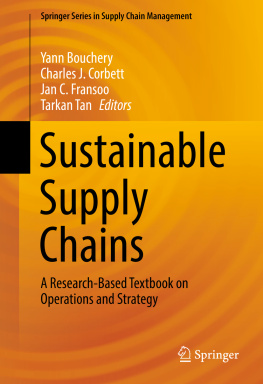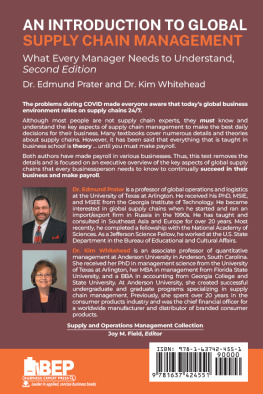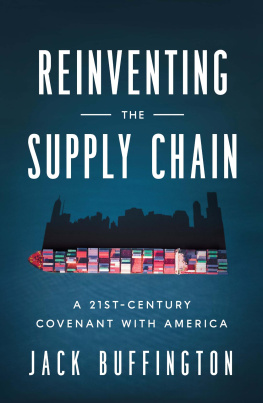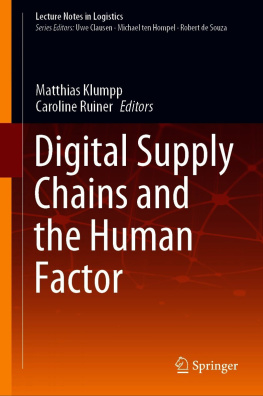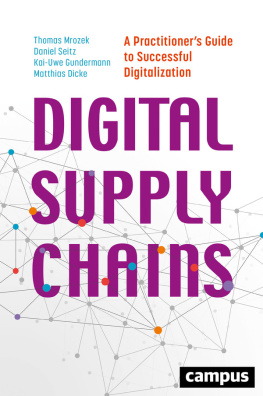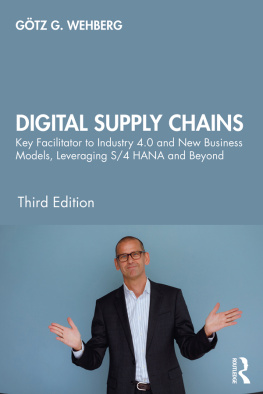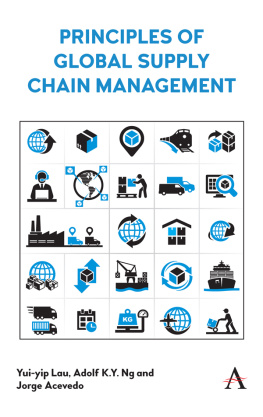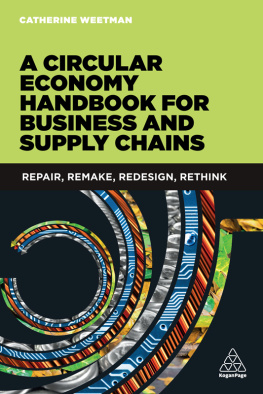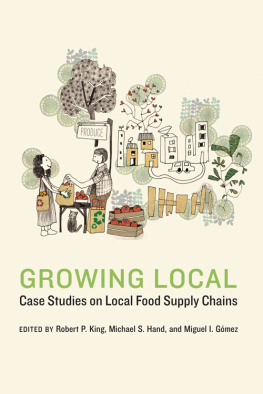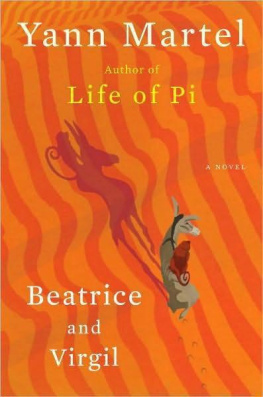1.1 Sustainable Supply Chains: Whats New?
Are supply chains becoming more or less sustainable over time? The answer is not obvious. In the 1960s, we became aware of the dangers inherent in various chemicals including those used in pesticides, specifically DDT. Some would point to Rachel Carsons 1962 book Silent Spring as a defining moment in the history of the environmental movement, contributing to the creation of the environmental movement and the Environmental Protection Agency in the USA. In the 1970s, we started to learn that seemingly innocent aerosols in spray cans were eating a hole in the ozone layer, removing a crucial protection against being toasted and eventually burned by the sun. Various regulatory and voluntary actions followed, and depletion of the ozone layer seems to have slowed down recently. In the 1980s, we found out that acid rain was killing our lakes and eating our cities. Various regulatory responses have since helped to reduce emissions of chemicals leading to acidification. During the 1990s, we heard horror stories of how workers in sweatshops in China, Vietnam, and elsewhere were treated. Firms such as Nike initially responded that they did not own the factories, and hence it was not their problem, but by the 2000s, at least some firms (including Nike) had completely changed their tone. Throughout these decades, it transpired increasingly clearly that anthropogenic emissions were likely contributing to rising levels of greenhouse gases in the atmosphere, with a variety of effects on sea level and climate. A plethora of regulatory and voluntary responses is underway to mitigate climate change, with decidedly mixed results so far.
But how much of all this is new? Insecticides have been regulated in the USA as far back as 1910, though what is now the UK already passed a rule in about 1236 AD that forbade the addition of anything to the food supply which was not wholesome (Aspelin ).
Climate change is no different. Arrhenius (). Arrhenius was keenly aware of the geological importance of his calculations, writing (p. 267) I should certainly not have undertaken these tedious calculations if an extraordinary interest had not been connected with them. His primary motivation, however, was explaining the Ice Age, rather than predicting future global warming.
These timelines have a clear implication for any book on sustainable supply chains: scientists of all kinds are undoubtedly already making observations and constructing theories of environmental and social aspects that we are blissfully unaware of today but that will come to haunt us in the decades to come. In other words, there can be no such thing as a sustainable supply chain, as we do not and cannot know today what will be critical elements of sustainability tomorrow.
Even if we limit ourselves to the environmental and social factors that we are already aware of, a truly sustainable supply chain is difficult to envision. This is certainly true when one adopts a strong sustainability perspective, which does not allow manufactured capital to substitute for natural capital. Almost any supply chain, at some level, converts natural capital into manufactured capital, rendering them inherently unsustainable under that perspective. In the weak sustainability view, it is acceptable to deplete natural resources, as long as there is a corresponding increase in manufactured capital. Deforestation is acceptable as long as technological progress delivers substitutes for wood. Increasing water pollution is acceptable as long as decontamination technology advances in parallel. In this perspective, a supply chain could be sustainable if its net impact on people and planet is neutral, still a tall order. As Pagell and Wu argue in Chap. , sustainability in supply chains should be thought of in terms of trajectories, rather than absolute states.
Our quick historical sketches above underline that such trajectories can never have a well-defined endpoint. Instead, a more sustainable supply chain is one that is better at identifying current and future environmental and social impacts and finding ways to mitigate those. That is the, admittedly very loose, definition we use in this book for sustainable. We take no position on weak vs. strong sustainability, on whether one should be more concerned about climate change, water availability, or social impacts. We do take the position that for a firm to thrive, it is increasingly imperative that it be aware of economic, environmental, and social dimensions of the entire supply chain it belongs to and that it proactively monitor and manage those.
The arguments so far might point towards the need for a firm to engage with its economic, environmental, and social impacts. But why would it need to do so for the entire supply chain within which it operates? As firms become progressively more tightly coupled in global supply chains, rather than being large vertically integrated monoliths, risks and opportunities associated with activities upstream or downstream will increasingly impinge upon their own well-being. Referring to risks and opportunities associated with activities upstream or downstream clearly signifies an equally broad and loose definition of supply chains: we will not attempt to draw a clear boundary of what we do and do not consider part of a supply chain, but in this book, we do include not just suppliers and customers but also consumers, society, employees, communities, NGO partners, and others who in one way or another participate in the activities upstream or downstream. For many firms, some of the main risks and opportunities do lie outside their own boundaries, hence necessitating this broader supply chain perspective.
To summarize, this book should not be called Sustainable Supply Chains, but rather something like Gradual but Never-Ending Paths Towards Less Unsustainable Global Value Networks.
1.2 Sustainable Supply Chains: Whats Really New?
Having argued that in some sense sustainability is not new, one might still ask what is new? Why assemble this book at this particular point in time?
First, the scientific understanding of many aspects of sustainability is advancing faster than ever before. In the past, many environmental and social issues were largely treated independently from one another, but we are increasingly understanding that climate change interacts heavily with health and poverty. The links between energy, food, and water are sinking in. Climate change threatens biodiversity which in turn endangers continuity of supply of various crops, putting already poor constituencies at further risk, etc.
Second, the political landscape is evolving in parallel. While there is a wide variation in regulation and enforcement across countries, and even across cities or regions within countries, the global trend is undeniably towards more and more comprehensive environmental and social regulation.

